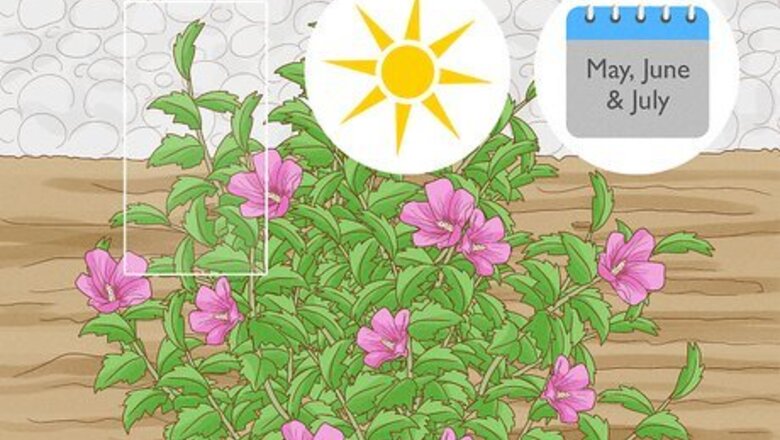
views
X
Trustworthy Source
EDIS
Electronic database of the University of Florida Institute of Food and Agricultural Sciences's peer-reviewed articles
Go to source
Taking and Propagating the Cuttings
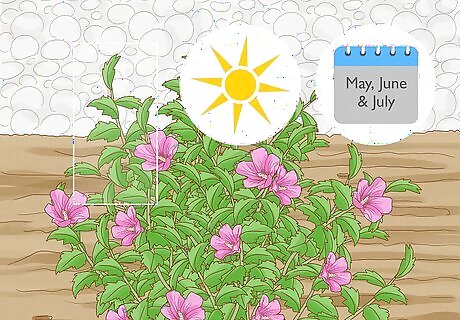
Plan to take Rose of Sharon cuttings in summertime. The best time to try rooting Rose of Sharon cuttings is over the summer months (May, June and July).
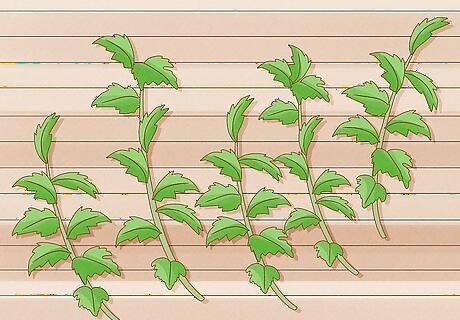
Always take more cuttings than you need. Be aware that not all cuttings will ‘take’ (successfully develop roots). For this reason, you should always plant more cuttings than you need plants from. You can usually count on between a third and a half of all cuttings developing into viable plants.
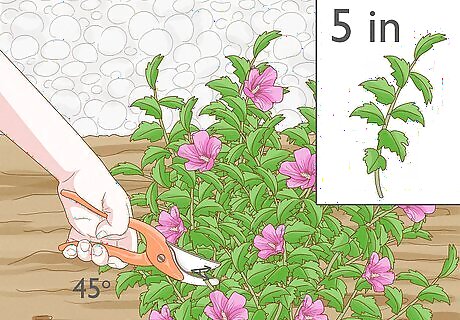
Take a 5 inch (12.7 cm) cutting from your Rose of Sharon plant. Take about 5 inches (12.7 cm) of strong healthy recent growth from your Rose of Sharon, cutting at a 45 degree angle. The growth should be soft and green, slightly hard but not woody – it needs to be this year’s growth, not woody old growth. Remove the lower leaves from your cutting. Dip the cut ends into rooting hormone or powder. Now you have a choice of how to root your cuttings: in compost or in water.
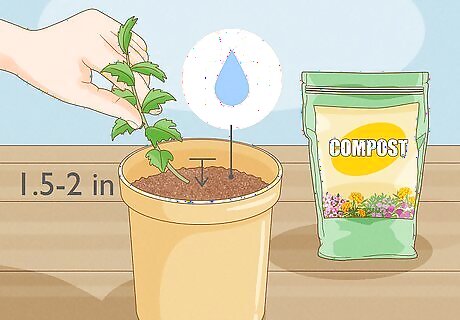
Propagate your Rose of Sharon cuttings in compost. If you choose to start your cuttings in compost, insert about 1.5 to 2 inches (3.8 to 5.1 cm) of your cutting stem into pre-moistened compost in a pot. It’s best to use cutting compost or to make up a 50:50 mix of regular compost with grit. Cover the pot either with a clear plastic bag (make sure this doesn’t touch the cuttings – use plant sticks to support the bag away from the stem if necessary) or an inverted clear plastic bottle with the spout cut off to make a mini greenhouse. Keep the potted cutting moist and away from direct sun – it should root in about a month or two.
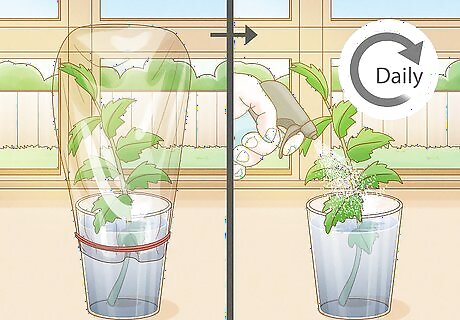
Alternatively, propagate your Rose of Sharon cuttings in water. Some gardeners like to start the cutting off in just a clear glass or plastic container of water rather than planted in compost. What’s good about this is you can see the roots form. Put about 2 inches (5.1 cm) of water into a glass or plastic container, put the cutting into its container and leave in a bright place out of direct sunlight. You should cover it with a clear plastic bag and mist the cutting daily with water from a spray can. Although it's recommended that you take several cuttings to allow for failure, it's important that you put each cutting into a separate container, otherwise bacteria tends to build up.
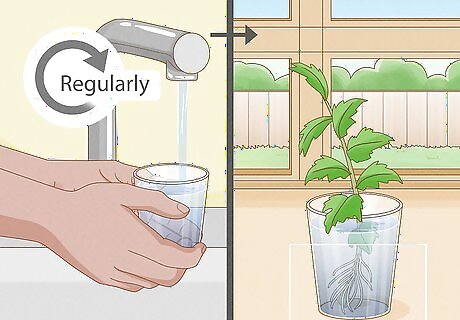
Change the water regularly until the cutting is ready to plant. If you are propagating your Rose of Sharon cutting in water, you will need to remember to change the water regularly: every two or three days is advisable. It’s best to use rainwater if possible. If you don’t gather rainwater in your garden, and don’t have access to a stream, you could try standing tap water in a pitcher for 24 hours. This will get rid of some of the chlorine in the tap water. This isn't essential however, and your cuttings may be fine in tap water. After you see roots of about 1 or 2 inches (2.5 or 5.1 cm) length, plant them into moist compost. Again, keep them out of direct sun for a few months until the roots are a bit more established.
Planting From Seed
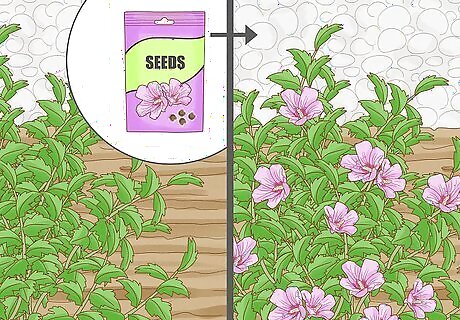
Be aware that plants grown from seed may not look like the parent plant. If you grow Rose of Sharon from seeds you harvest yourself, you may find that the newly grown plant doesn't look exactly like its parent plant. Gardeners say the plants ‘don’t come true’ when this occurs.
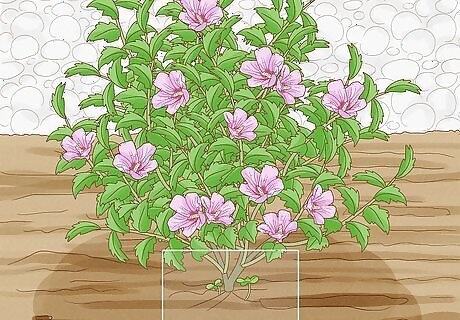
Look underneath your existing plant for any seedlings. If you want to try growing from seed (regardless of what the new plant will look like), you should try looking underneath the existing plant first, as your Rose of Sharon may have self-seeded. See if there are any seedlings waiting for you that you can dig up and replant elsewhere. This will save you the effort of growing the plant from scratch. When you do this, you might like to hoe or pull out the other seedlings so that your garden isn’t overrun with Rose of Sharon!
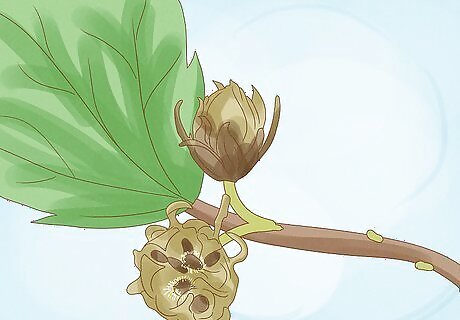
Wait until the pods turn brown before harvesting them for seeds. If you prefer to plant your own Rose of Sharon seeds, wait until the pods are brown and mature before harvesting them. Some gardeners plant the seeds outdoors in the fall and let them get going over the winter. Other gardeners will start the seeds off indoors about a month before they expect the last frost.
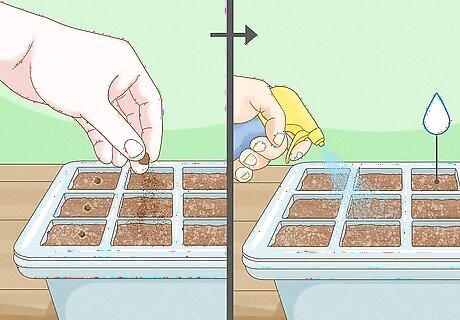
Sow your seeds in a seed compost. Regardless of whether you are planting the seeds indoors or outdoors, you should sow your seeds in a seeds compost. Moisten the compost, lay the seeds on top and cover with about a quarter inch of dry compost. Spray with water.
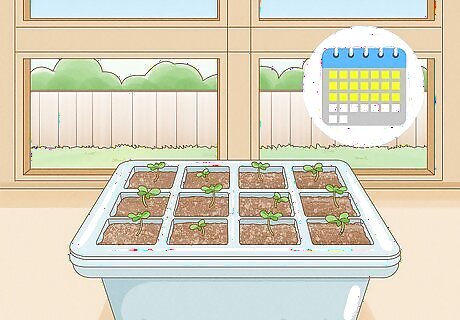
Keep the planted seeds moist and in a bright location. If you start the seeds indoors, make sure to place them somewhere light but out of direct sunlight, such as an indoor window ledge that doesn't get direct sun. For both indoor and outdoor seeds, keep the compost moist until the seeds germinate in about 2 to 3 weeks.
Caring for Rose of Sharon Plants
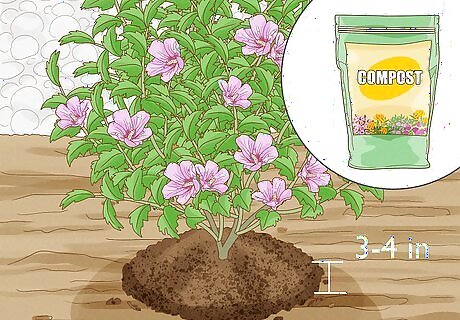
Mulch established Rose of Sharon plants in the spring. Once established, mature Roses of Sharon don’t need a great deal of attention. However, they will appreciate a mulch in the springtime. To do this, remove any remnants of the previous year’s mulch layer. If it has been dry recently, water the area. Apply 3–4 inches (7.6–10.2 cm) of a mulch material such as well-rotted manure, compost or leaf mold. Place this under the leaf canopy (the entire area covered by the shrub’s foliage).
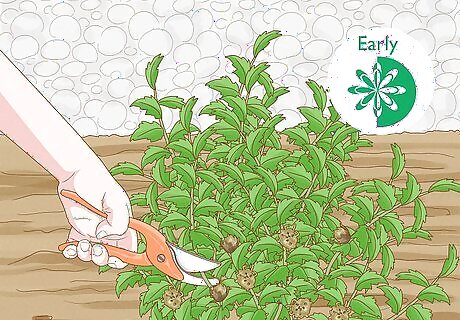
Prune the plant back in the early springtime. To do this, remove any dead, diseased or decaying growth. Any dead, diseased or damaged stems should be cut right back to the base of the stem. Cut each branch so it has only 3 buds on it – this encourages larger blooms. Pruning time is also good time to apply a balanced slow release (granular) or liquid fertilizer.
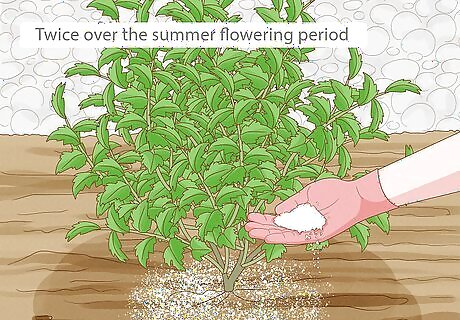
Consider feeding your Rose of Sharon over the summer months. Some gardeners like to feed their Rose of Sharon once or twice over the summer flowering period, but this isn’t essential. Your Rose of Sharon is susceptible to being over fertilized but is pretty resistant to being under fertilized so don’t worry too much about using chemical fertilizers – especially if you are mulching. Annual mulching will provide good soil improvement so you don’t need to worry too much about chemical fertilizers.
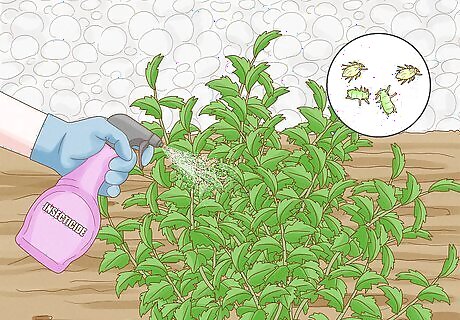
Spray the plant with insecticide if it becomes infested with pests. Rose of Sharon is fairly pest resistant but can be prone to the usual pests, such as aphids. Spray with an insecticide if you notice this is the case.




















Comments
0 comment